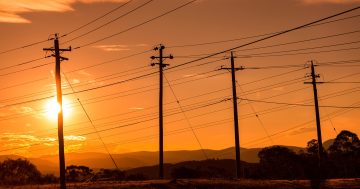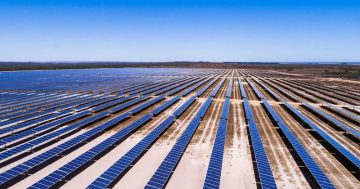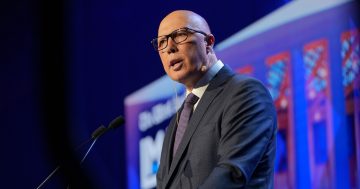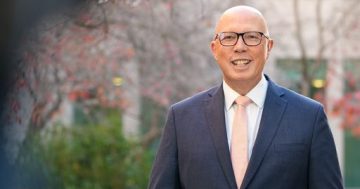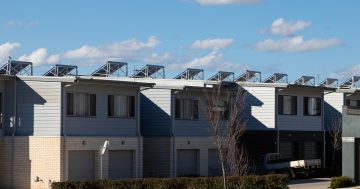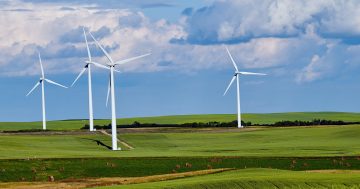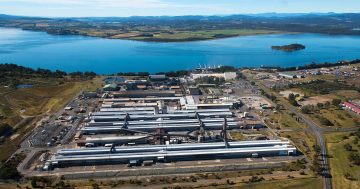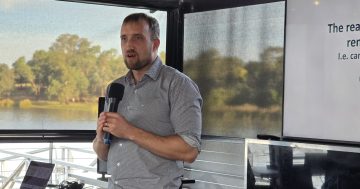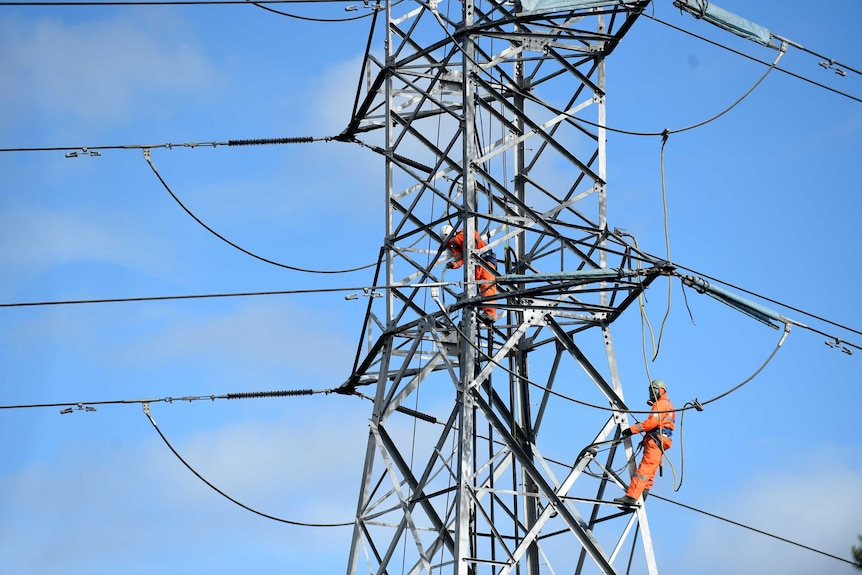
The reliability of electricity for Australians appears unclear in the future as energy changes its landscape so Harrison Tippet and Daniel Keane press the button…..
An Australian summer usually means sun, sand and sea.
But, in recent years, it’s also come to mean heated debates about electricity and the looming possibility of blackouts.
That’s certainly the case in the wake of the market operator’s latest 10-year forecast, which has foreshadowed possible challenges as early as the next summer holiday season.
The outlook is double-edged, and flags both increased risks (in terms of reliability) and increased opportunities (for generators) over the decade.
But the view of the immediate future is nevertheless a gloomier one than was previously predicted, with the Australian Energy Market Operator (AEMO) warning of increased blackout risks in several states — some sooner than others.
Here’s a look at what might occur, and what it’ll mean.
Where and when is the biggest risk?
AEMO’s latest snapshot captures the National Energy Market (NEM) at a moment of major change, as it weans itself off fossil fuels and moves towards other sources of power.
“With up to 62 per cent of its coal fleet now expected to close before 2033, Australia’s NEM is perched on the edge of one of the largest transformations since the market was formed,” the report states.
The scale of that transformation has created demand for “new forms of energy production” — but an “unparalleled” degree of investment is “needed to meet this opportunity, or the reliability of the NEM will be at risk”, the report warns.
“This is strong language, this time around — it’s probably the strongest language we’ve seen from the market operator,” Grattan Institute energy expert Tony Wood explained.
“But they’re saying this is the time to get really on top of this.”
While the risk of blackouts in New South Wales and Queensland in coming years sits above recommended levels, AEMO has warned that the most imminent reliability challenges are further south.
The report warns of potential problems in South Australia and Victoria this coming summer, and throughout the decade ahead.
It does not, Mr Wood said, necessarily mean blackouts are likely to occur — but the likelihood has nevertheless increased since the previous forecast.
“AEMO is saying we need you to be prepared for what could be a nasty situation,” he said.
“The probability is that it won’t [be], but we have to be prepared.”
Why is there elevated risk?
In Victoria, the energy outlook has worsened over the past six months, with updated modelling finding the state’s reliability risks are forecast to exceed reliability standards from this summer and for the duration of the decade-long outlook.
In short, Victoria faces higher risks of blackouts as soon as 2023 heats up, unless “imminent and urgent investment” is made to generate more electricity.
South Australia — which in recent years has prided itself on being a leader in renewables and battery technology, developed after the 2016 statewide blackout — finds itself in a similar boat.
The risk of supply shortages has been elevated by an anticipated hot and dry El Nino event driving up energy demand, as low winds hamper electricity generation.
“The issue really is that in the southern part of Australia we tend to see summers that are a bit different from the northern part. In Queensland it gets hot and stays hot,” Mr Wood said.
“South Australia and Victoria tend to have sharp, hot heatwaves and that gets nasty — particularly as we get into the summer.
“South Australia has a lot of wind power, sometimes the wind isn’t blowing.”
What options are there?
Power is inherently political — and the politics of power is often split along party lines.
That remains the case in South Australia, where the Liberal opposition has seized a chance to continue its push for “a conversation” about nuclear power.
“[What] this report … highlights is just the issue around a lack of base load power and the potential for renewable energy not to cover that gap,” Liberal energy spokesperson Stephen Patterson said.
“I think with this transition, that it is so complex and at such a scale that we need to have all technologies on the table.
“When the South Australia-New South Wales interconnector comes onlinethat reliability will improve, and that’s certainly an important aspect to making sure our electricity grid is stable and reliable.”
The Labor government, on the other hand, is adamant that renewables are not the problem and are at the heart of the solution.
“We are retiring thermal generation and not building enough renewable energy in its place,” Energy Minister Tom Koutsantonis said.
“We haven’t put in enough renewable energy quickly enough. This is not [just] in South Australia, this is across the country.”
Victorian Premier Daniel Andrews was at pains to stress his government would invest in renewable energy to replace “completely unreliable coal-fired power stations”.
“The next few years is all about hard work,” Mr Andrews said.
“We’ve got to work hard to replace these coal-fired clunkers, because they’re leaving. They are going.
“There are more projects and more renewable energy that is being added to the Victorian grid than any other jurisdiction in our country.”
But the Victorian opposition said the government hadn’t done enough to ensure electricity security.
Shadow special Minister of State, David Davis, said the move to a coal-free future was leaving Victoria without necessary firming capacity.
Mr Andrews said the AEMO report was “very conservative”, and that it hadn’t taken into account numerous key energy projects in the state’s infrastructure pipeline.
Those projects, he said, include six major solar farm and battery projects and a further 3500MW of additional storage projects already under planning approval.
* Harrison Tippet is a Geelong reporter for ABC Melbourne, having worked in community and regional newspapers since 2012. He was named the Rural Press Club of Victoria’s Journalist of the Year in 2021 and 2022. Daniel Keane is a journalist with ABC News in Adelaide and can be followed on Twitter at @Trumper214
This article first appeared on the Australian Broadcasting Corporation, ABC.


